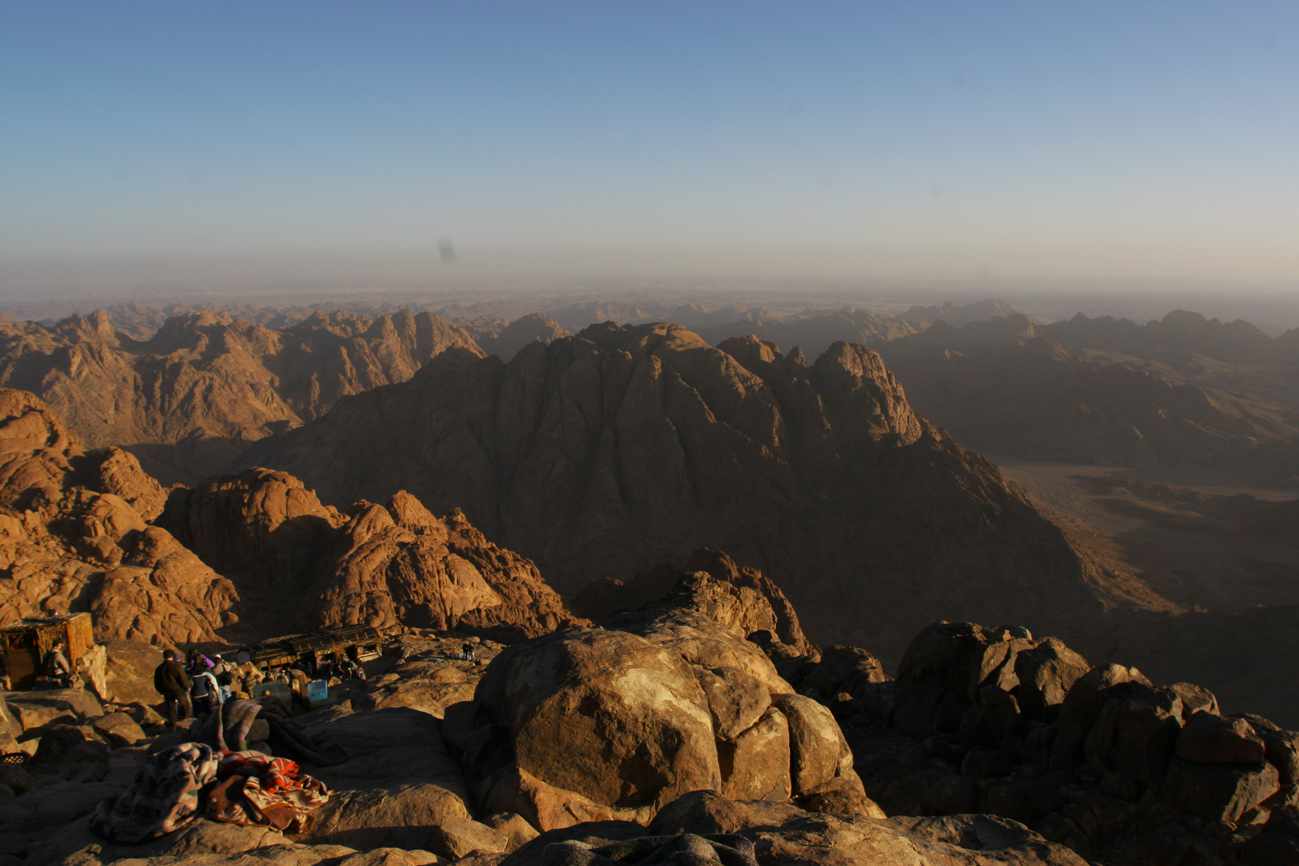Where is Mount Sinai? This question interests many readers. But, unfortunately, today no one knows the exact location of this mountain.
In the second millennium BC. There were no geographical maps yet, so historians and archaeologists can only make assumptions based on indirect data. Today, scientists believe that there are two mountains that correspond to the characteristics of the biblical Mount Sinai.
Thus, in particular, according to the opinion of the Christian historian of the 4th century Eusebius of Caesarea, Mount Sinai is located on the southern mountain range of the Sinai Peninsula. At its foot is the ancient Christian monastery of St. Catherine.
Thanks to some archaeological research and newly discovered facts, it has been suggested that Sinai is a mountain located in the north of the Sinai Peninsula. Having studied the existing archaeological dictionaries, as well as having consulted with specialists, we received information that today there is no scientific archaeological school that would defend the position that Mount Sinai is located on the territory of Saudi Arabia. Despite the differences in opinions regarding the identification of Mount Sinai, archaeologists are unanimous that Mount Sinai is located somewhere on the Sinai Peninsula. And indeed, according to the text of the book of Exodus, chapter 13, we see that the crossing of the Red Sea could only take place through the Gulf of Sinai, and not through the Gulf of Aqaba. There, in particular, it says: “And when Pharaoh had sent the people away, God did not lead them by the way of the land of the Philistines, because it was near; for God said, lest the people repent when they see war, and return to Egypt. And God led the people by the way of the wilderness to the Red Sea. "And the children of Israel went out armed from the land of Egypt" (Exodus.13:17,18).
The text clearly shows that the shortest route to the land of Canaan is through the Isthmus of Suez. At that time, there was no Suez Canal, and therefore between the Mediterranean Sea and the current Gulf of Suez there was a strip of land that was occupied by the Philistines at that time. And therefore God says that, having left Egypt, from the land of Goshen, which was at the mouth of the Nile, the people should not go east, but turn south. Such a turn can only lead to the Gulf of Suez, which the sons of Israel crossed. Based on the description given in chapter 14 of the book of Exodus, the people of Israel found themselves on the seashore, locked in on three sides. The descent to the sea was quite long and gentle. Thanks to such a landscape, the pharaoh could deploy his chariots in battle formation in the form of a kilometer-long line, rushing at full speed. Such a landscape is often found on the western shore of the Gulf of Suez.
The passage of the Red Sea through the Gulf of Aqaba, which washes the coast of the Sinai Peninsula, is illogical, because the book of Numbers, chapter 13, says that the people of Israel stopped in the desert of Paran near Kadesh-barnea before entering the land of Canaan at its southern borders. The land of Canaan borders Sinai, and not the Arabian Peninsula. Thus, Kadesh-barnea is absolutely definitely located in the north of the Sinai Peninsula. It cannot be otherwise. Otherwise, the spies would have to pass through the lands of the Moabites and Ammonites, which are located in modern-day Jordan, to enter the land of Canaan.
We are told in Numbers 14 that the Israelites went up the mountain and fought the Canaanites and Amorites. The events clearly take place in the northeast of Sinai along the modern border between Egypt and Israel.
But what about Paul, who speaks of Mount Sinai: "for Hagar means Mount Sinai in Arabia"?
As for Paul, verse 25 of chapter 4 of the Epistle to the Galatians does not aim to determine the location of Mount Sinai. Paul uses a play on words in this verse, the so-called midrash. The name Hagar in the Russian Synodal translation sounds like hahar, and it can be understood in two ways. That is why Paul speaks of allegory. The word hahar can be represented as two elements: ha – the definite article, har – a noun meaning “mountain”. So it turns out that the word Hagar can be translated as “this mountain”, which in the Jewish tradition is, of course, Sinai.
On the other hand, we know that Hagar was the mother of the Arabs. And therefore, in chapter 4 of the Epistle to the Galatians, Paul does not speak about geography, but about the spiritual problems of the Galatians, who, trying to come to God through conversion to Judaism, may find themselves in the position of the descendants of Ishmael.
Alexander Bolotnikov,
Director of the Research Center "Shalom",
Doctor of Theology
Tags: Sinai, Mount Sinai, Sinai Peninsula
